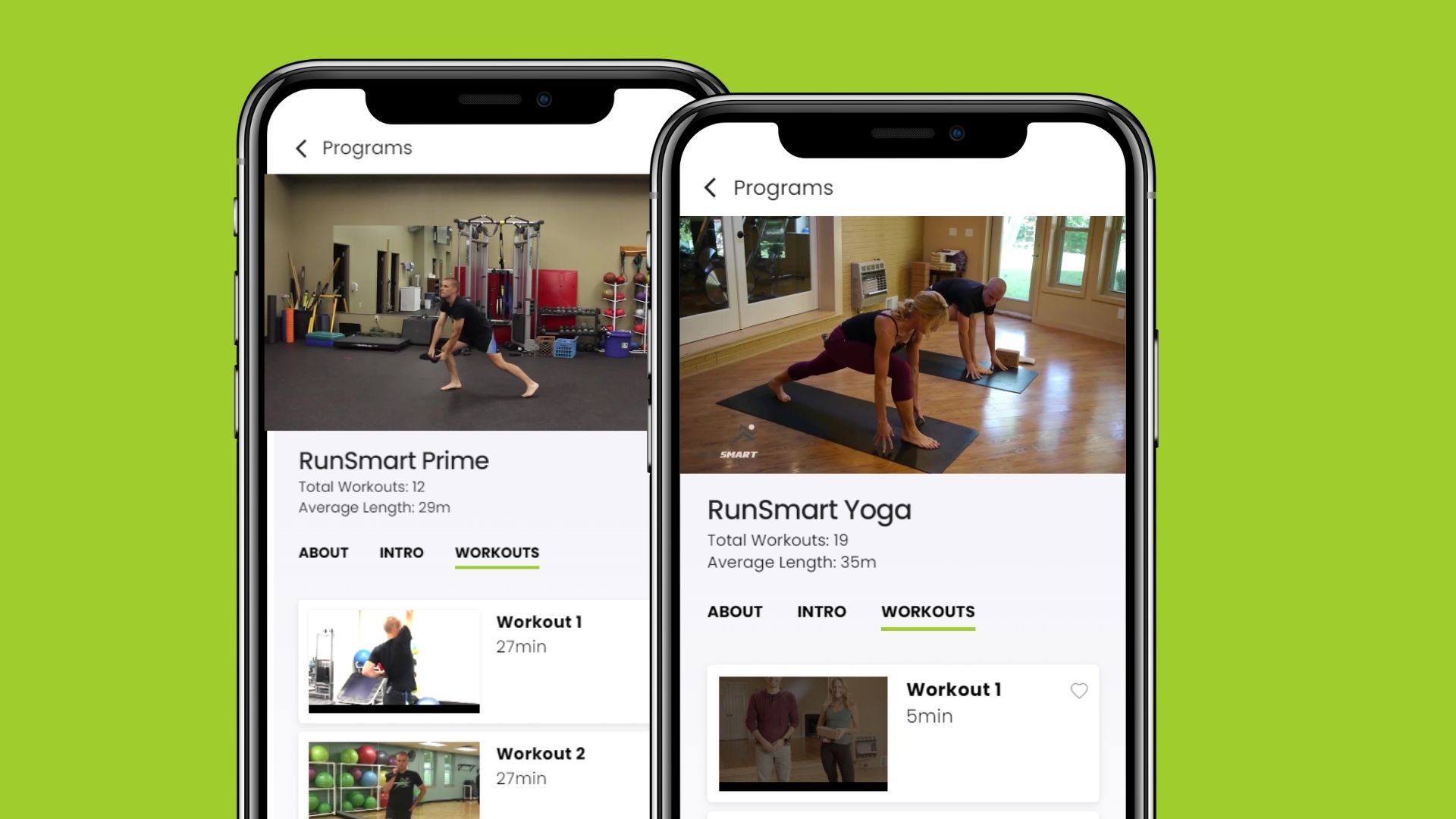Why Run in the Winter?
Running during the winter isn’t just about maintaining your fitness levels; it’s about building strength and resilience. Remember, the competitor you want to outpace next year is likely training right now. Plus, experiencing the spring weather after a winter of training feels incredibly rewarding.
Clothing Essentials
The key to winter running comfort lies in choosing the right clothing:
- Materials: Opt for wool, fleece, and wicking synthetics to stay warm even when damp. Breathability is crucial to avoid excessive sweating.
- Layering: Use layers to adjust your clothing during the run. Trapped air is your friend but beware of overly tight shoes or gloves, which can impede circulation.
- Clothing Guide: Here’s a breakdown of what to wear at various temperature ranges:
| Temp Range | Upper | Lower | Socks | Hands | Head |
|---|---|---|---|---|---|
| 30 to 40°F (-1 to 5°C) | Long-sleeve (LS) shirt | Shorts or light pants | Regular socks | Light gloves | Headband |
| 20 to 30°F (-6 to -1°C) | LS shirt + baselayer | Regular tights | 1x midweight wool | Light gloves | Headband |
| 10 to 20°F (-12 to -6C) | LS Baselayer + wind vest | Thermal tights + windbriefs | 2x midweight wool | Mittens | Hat + light gator |
| 0 to 10°F (-18 to -12C) | LS Baselayer + Fleece jacket + Wind jacket or vest | Thermal tights + windbriefs + leggings | 2x heavier wool socks | Heavy mittens | Heavy hat, fleece balaclava, eye protection |
| <0 F (<-18 C) | LS Baselayer + Fleece jacket + Wind jacket | Thermal tights + windbriefs + leggings | 2x heavier wool socks | Heavy mittens w/ gloves underneath | Heavy hat x2, fleece balaclava, eye protection (glasses or goggles, if windy) |
Footwear and Traction
- Road Shoes: Generally sufficient, but consider trail shoes for snow and Screw Shoes for icy conditions.
- Traction Devices: Devices like Yaktrax can be helpful on ice. Remember to be cautious during direction changes and keep your feet under your center of mass.
Safety Measures
- Visibility: Use a headlamp and reflective vest for dark morning or evening runs.
- Emergency Planning: Adjust your route to include safe zones, and carry a cell phone. Consult the Windchill Safety chart from the National Weather Service for extreme conditions.
- Wind Strategy: Start your runs into the wind and finish with a tailwind to avoid getting chilled.
Nutrition and Hydration
- Hydration: Stay hydrated even in cold weather. Use strategies to prevent your fluids from freezing.
- Food: Prevent gels from freezing by keeping them close to your body.
Everyone’s comfort levels and preferences vary, so adjust these guidelines to suit your needs. Stay safe and enjoy the transformational experience of winter running!




